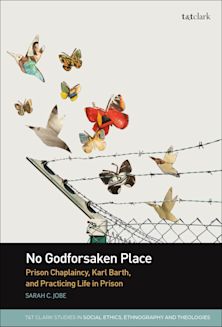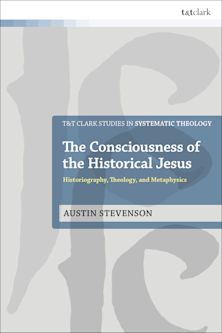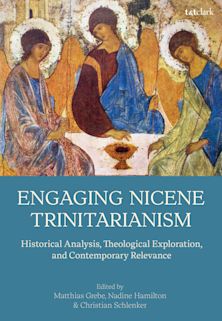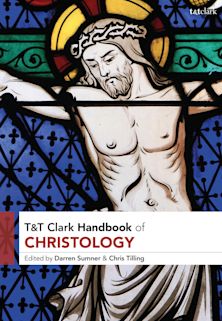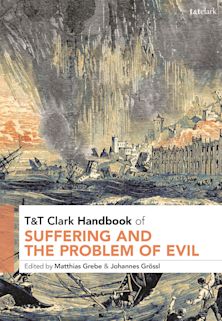Befriending Scripture
Sideways Glances at a Theology of Reading
Befriending Scripture
Sideways Glances at a Theology of Reading
For information on how we process your data, read our Privacy Policy
Description
What are the unspoken assumptions that animate and give rise to current discussions about theological hermeneutics?
What cultures of reading are currently at play in the Church and the academy? What cultures of reading ought to be at play? In Befriending Scripture, Jonathan Rowlands suggests that much modern biblical hermeneutics has paid insufficient attention to the foundations of theological reading. For theological interpretation to make meaningful progress in both methodology and results, the very foundations of what it means to read, and to read theologically, must be examined and articulated afresh.
In this detailed and wide-ranging work, Rowlands addresses various topics relating to the Scripture's reading in the Church, including questions of Scripture's ontology, biblical hermeneutics, literary theory, antisemitism, historiography, and spiritual formation, amongst others. By rethinking Theological Interpretation of Scripture from its very foundations, Rowlands mediates between historical and theological approaches. In doing so, he offers a vision for theological reading that bridges the continuing disciplinary divide between biblical studies and systematic theology.
Table of Contents
1. Theological Interpretation in Recent History
2. Outline of Befriending Scripture
3. Conclusion
Chapter 1 – The Benefits of Theological Reading
1. Problems Facing Biblical Studies
2. The Emergence of Reception History
3. A Way forward for Biblical Studies?
4. Conclusion
Chapter 2 – Scripture's Ontology and Theological Reading
1. John Webster on Scripture's Ontology
2. Textuality and Meaning
3. Conclusion
Chapter 3 – The Hermeneutics of Theological Reading
1. Gadamer and Hirsch on Reading and Meaning
2. Different Games, Competing Doxae
3. Doxa in Practice: An Example
4. Conclusion
Chapter 4 – 'Mood' and Theological Reading
1. Heidegger, Dasein, and 'Mood'
2. Reading with Suspicion
3. An Alternative 'Mood' for Reading Scripture
4. Conclusion
Chapter 5 – Formation and Theological Reading
1. Reading Scripture on the Road to Emmaus
2. Prayer and Theological Speech
3. Conclusion
Chapter 6 – Supercessionism and Theological Reading
1. The Old Testament as Jewish Literature
2. The New Testament as Jewish Literature
3. Conclusion
Chapter 7 – Historiography and Theological Reading
1. The Literal Sense of Scripture
2. Historie, Geschichte, and Myth in Bultmann's Demythologizing
3. Theology, Historiography, and Resurrection
4. Conclusion
Chapter 8 – In Place of a Conclusion
1. Summary of Befriending Scripture
2. Areas for Further Reflection
3. Sachkritik and Barth's Römerbrief
4. Conclusion
Bibliography
Product details
| Published | Oct 16 2025 |
|---|---|
| Format | Ebook (Epub & Mobi) |
| Edition | 1st |
| Extent | 192 |
| ISBN | 9780567717382 |
| Imprint | T&T Clark |
| Publisher | Bloomsbury Publishing |
Reviews

ONLINE RESOURCES
Bloomsbury Collections
This book is available on Bloomsbury Collections where your library has access.













